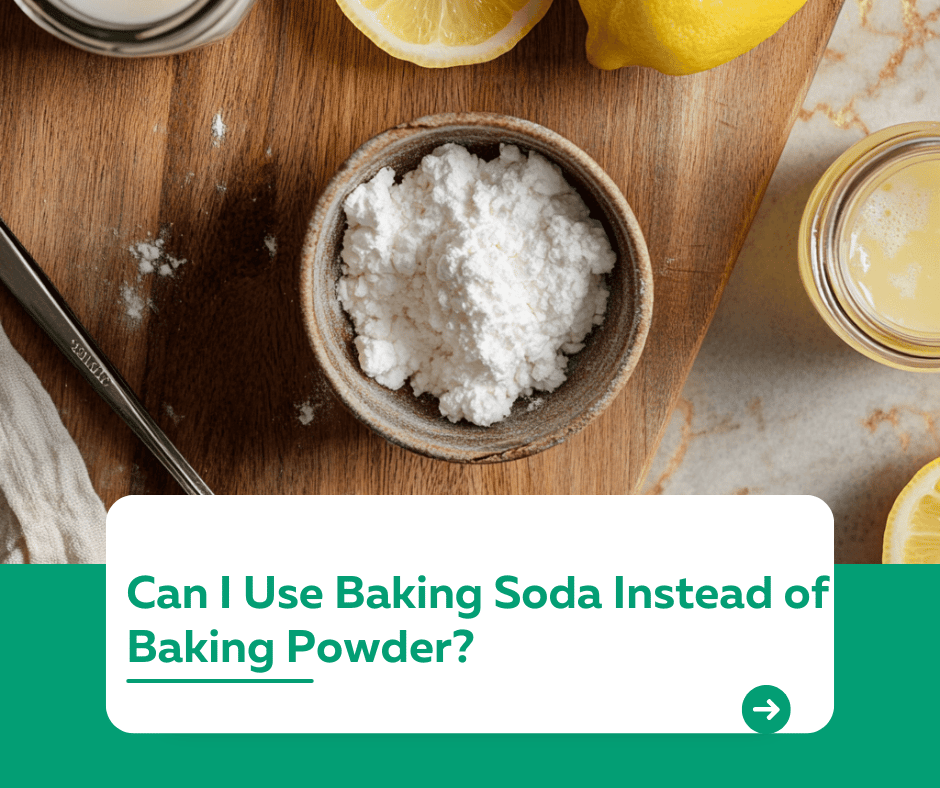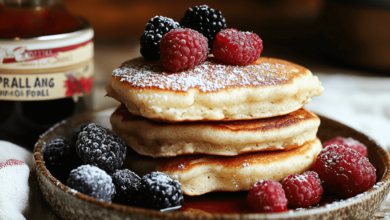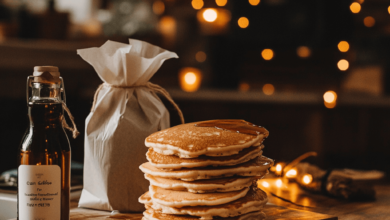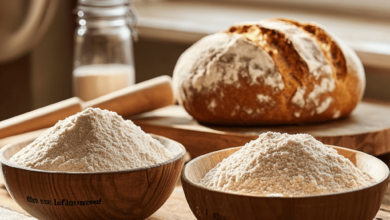Can I Use Baking Soda Instead of Baking Powder?

Introduction
“Can I use baking soda instead of baking powder?”
Running out of baking powder while in the middle of a recipe can feel like a disaster, but don’t worry—baking soda might save the day! These two leavening agents have distinct properties, and substituting one for the other isn’t as simple as swapping measurements. In this guide, we’ll explain how to use baking soda instead of baking powder, the adjustments needed, and when substitution works best.
1. Understanding Baking Soda and Baking Powder
To substitute effectively, it’s important to know how these ingredients work:
- Baking Soda:
- A pure alkaline compound (sodium bicarbonate).
- Requires an acidic ingredient (e.g., lemon juice, buttermilk, vinegar) to activate and produce the gas bubbles that help baked goods rise.
- Baking Powder:
- A mix of baking soda, an acid (usually cream of tartar), and a starch to keep it dry.
- Double-acting baking powder releases gas during mixing and again during baking.
2. How to Substitute Baking Soda for Baking Powder
If you’re out of baking powder, here’s how to use baking soda as a replacement:
- Rule of Thumb: Use 1/3 teaspoon of baking soda for every 1 teaspoon of baking powder required.
- Add an Acidic Ingredient: Since baking soda needs acid to activate, add one of the following:
- 1 tablespoon of lemon juice, vinegar, or buttermilk per 1/3 teaspoon of baking soda.
- For dry recipes, use cream of tartar (2 parts cream of tartar to 1 part baking soda).
Example: If a recipe calls for 1 teaspoon of baking powder:
- Use 1/3 teaspoon baking soda.
- Add 1 tablespoon lemon juice or vinegar.
3. When Substitution Works Best
Baking soda can replace baking powder in many recipes, but it works best in:
- Recipes with existing acidic ingredients like yogurt, buttermilk, or citrus.
- Recipes where a slight flavor change from the added acid won’t affect the final dish.
4. When to Avoid Substitution
Substitution might not work well in recipes that:
- Don’t have any acidic ingredients.
- Require precise flavor profiles that added acids could alter.
Tip: For delicate baked goods like sponge cakes or macarons, it’s better to use the exact leavening agent specified.
5. How to Avoid Common Substitution Mistakes
- Don’t Overdo It: Baking soda is stronger than baking powder—too much can result in a metallic or soapy taste.
- Mix Thoroughly: Ensure the baking soda and acid are evenly distributed to prevent uneven rising.
Conclusion
Yes, you can use baking soda instead of baking powder, but it requires careful adjustments to your recipe. By understanding the properties of each leavening agent and following the guidelines above, you can make successful substitutions and save your recipe.
For more baking tips and substitutions, visit our Kuestion.com.



